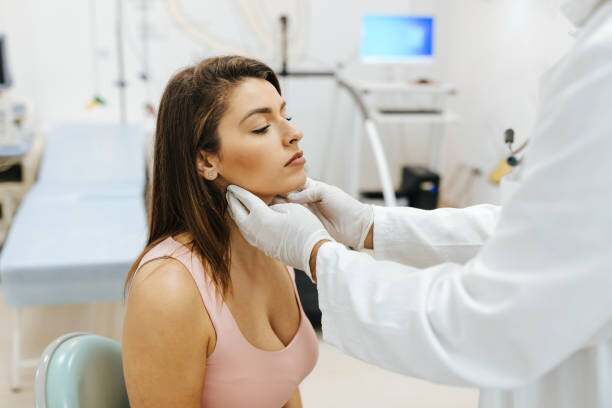Beauty rituals can be empowering, especially when they’re part of how we present ourselves to the world. But if you’ve just undergone double chin liposuction, your usual makeup routine might need a little adjusting.
While the urge to conceal bruising or redness is totally natural, post-surgery skin is delicate. Knowing when and how to reintroduce makeup is essential not just for aesthetics, but for your healing.
The Healing Timeline: Why Patience Pays Off
Every recovery journey is different, but one thing is consistent: your skin needs time. After double chin liposuction, the treated area often swells, bruises, and becomes sensitive to the touch. This is a normal part of the healing process.
Within the first 7–10 days, most patients are advised to avoid applying anything to the chin, neck, or jawline. According to the New York Liposuction Center, applying makeup too early can interfere with incision healing, increase the risk of infection, and even prolong swelling.
So while you might feel ready for foundation, your skin may not be.
What Happens If You Wear Makeup Too Soon?
It might seem harmless to dab on some concealer, but freshly treated skin behaves differently. Here's what could happen if you jump back into your makeup routine too soon:
-
Increased irritation: Cosmetic products contain preservatives and fragrances that can sting or trigger inflammation in healing skin.
-
Risk of infection: Brushes, sponges, and hands carry bacteria. Even with a clean applicator, tiny particles can sneak into open pores or incisions.
-
Delayed healing: Pressure from applying and removing makeup can aggravate bruising and increase fluid retention.
Waiting a little longer is worth it when the goal is smooth, uninterrupted healing.
When Is It Safe to Start Wearing Makeup Again?
Most surgeons suggest waiting at least 10 to 14 days before reintroducing makeup to the treated area. However, this timeline isn’t universal.
“Clearance should always come from your surgeon,” says the New York Liposuction Center. “Some patients heal faster and can ease into products after 7 days. Others may need up to 3 weeks, especially if they had more extensive contouring.”
A simple rule? If there’s still visible bruising, swelling, or sensitivity, hold off a little longer.
How to Ease Back Into Your Routine
Once your provider gives the go-ahead, here’s how to safely reintroduce makeup:
-
Choose non-comedogenic products: These are less likely to clog pores and cause breakouts on sensitive skin.
-
Use gentle tools: Swap rough brushes for soft, clean sponges. Always sanitize before each use.
-
Start with mineral makeup: These formulas are often free of irritants and provide natural coverage without aggravating the skin.
-
Avoid contouring creams and powders initially: These require more blending and can put unnecessary pressure on the jawline.
-
Remove makeup with care: Stick to oil-free micellar water or a mild cleanser, and avoid scrubbing.
Taking a gradual approach ensures your skin recovers without setbacks and still lets you enjoy a bit of glow.
Choosing Products That Work With Healing Skin
The type of makeup you choose post-surgery matters just as much as when you start using it. Here are some tips for picking safer options:
-
Fragrance-free formulas: Fragrance is a common irritant, especially on sensitized skin.
-
Hypoallergenic products: These are less likely to trigger a reaction, making them ideal during the healing process.
-
Lightweight BB or CC creams: These offer gentle coverage with skin-soothing ingredients like chamomile or niacinamide.
-
Sunscreen-infused makeup: Protecting healing skin from sun exposure is critical. Look for makeup that contains SPF 30 or higher.
Swapping out your usual products, even temporarily, can make a big difference in recovery.
What to Expect Visually in the First Few Weeks
If you're wondering what you’ll see in the mirror after surgery, the answer is: a little bit of everything. Healing is not always linear, and visual changes occur gradually.
-
First 3 days: You’ll likely have some swelling and mild bruising. A compression garment may cover your lower face and neck.
-
Week 1: Swelling may peak before starting to subside. Bruises often turn yellow or green as they fade.
-
Week 2–3: Visible swelling decreases. The jawline starts to appear more sculpted, and incisions begin to fade.
While makeup can feel like a solution to uneven skin tone during this time, your best bet is to let your skin breathe.
What About Other Cosmetic Products Like Skincare?
Makeup isn't the only thing you may need to press pause on. Skincare, too, should be handled with care:
-
Avoid exfoliants and scrubs: These can reopen healing areas or create microtears in sensitive skin.
-
Hold off on retinol or acids: Powerful actives like glycolic or salicylic acid should be avoided for at least a few weeks.
-
Stick to basics: A gentle cleanser, hydrating moisturizer, and broad-spectrum sunscreen are all you need during early recovery.
Consult your provider before adding anything back into your routine, even if it seems harmless.
How to Feel Confident Without Makeup
Going makeup-free isn’t just about giving your skin a break. It can also be a powerful moment of self-connection. Here are a few gentle ways to embrace this phase:
-
Focus on hydration: Well-moisturized skin naturally looks plumper and more radiant.
-
Use cooling rollers: Facial rollers or cold compresses can reduce puffiness and offer a spa-like feel at home.
-
Tinted SPF or lip balm: These small touches add polish without irritating your skin.
-
Hydrating mists: A spritz of rosewater or aloe mist can freshen your face and lift your mood.
Healing doesn’t mean hiding. It just means shifting how you define beauty during this time.
Traveling or Attending Events Post-Surgery
Sometimes, life won’t pause for your recovery. If you have travel or events planned shortly after your procedure, planning ahead can help you feel more comfortable:
-
Bring compresses: Gel ice packs or cooling face rollers help with swelling on the go.
-
Pack makeup-free essentials: Tinted moisturizer with SPF, brow gel, and tinted lip balm offer quick polish with minimal effort.
-
Wear lightweight scarves or turtlenecks: These can subtly conceal the treated area while keeping your look stylish.
Even without a full face of makeup, you can feel composed and event-ready with just a few adjustments.
Tips for Embracing the “No Makeup” Phase with Style
For many people, wearing makeup is more than just a routine. It’s a source of expression, control, and confidence. So when you’re advised to take a break from it during recovery, it can feel unfamiliar or even unsettling. But this pause can also offer a rare chance to reset and reconnect with your natural look in a way that feels empowering rather than limiting.
This downtime is a perfect opportunity to shift focus from covering up to nourishing and highlighting what’s already there. You might find comfort in turning skincare into a soothing ritual.
Wearing colors and textures that enhance your features without relying on cosmetics can also help. Little details like a favorite sweater or a fresh hairstyle may allow you to feel put-together while your skin heals.
Most importantly, giving yourself permission to step away from makeup does not mean losing your sense of beauty. Many people discover a quiet kind of confidence during this phase. It is not tied to products but comes from self-acceptance and patience.
Final Thoughts: Let Beauty Wait Its Turn
Your skin has just been through a transformative experience. It deserves care, rest, and time to recover before jumping back into the world of primers and palettes.
Wearing makeup after double chin liposuction is absolutely possible but only when the time is right. Keep your expectations realistic, follow your provider’s guidance, and ease back into beauty rituals gently.
By prioritizing healing, you’ll not only protect your investment but also enjoy your results even more when you finally return to your favorite looks.
And if you ever feel unsure, don’t hesitate to consult with your provider. Personalized advice from experts can make all the difference in your recovery and confidence.



